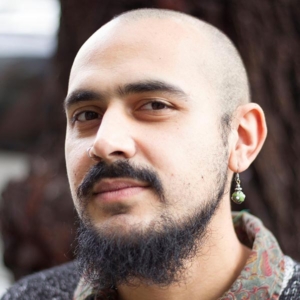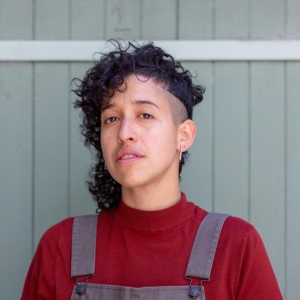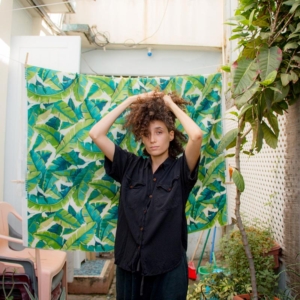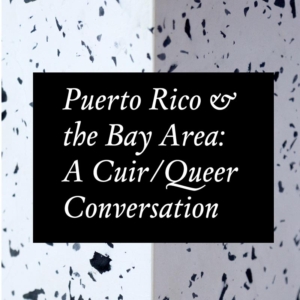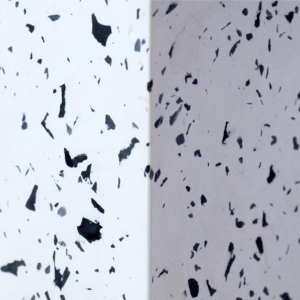aquí estamos/here we are
with Marcela Pardo Ariza
Artist Bio
Marcela Pardo Ariza (b. Bogotá, Colombia) is a visual artist and curator that explores transhistorical and intergenerational kinship, alternate forms of representation while celebrating the erroneous through constructed photography, prop-like objects and handmade bending frames and installations. Ariza is the recipient of the Tosa Studio Award 2017, a Murphy & Cadogan Contemporary Art Award and an Alternative Exposure grantee (2018, 2019). Ariza holds an MFA from the San Francisco Art Institute, is a co-founder of Womxn Art Handlers and a former member of the Curatorial Council at Southern Exposure.
Follow Queer Cultural Center’s Instagram the week of June 15 – 21, 2020 to view Marcela and her guest artists latest work.
Project Statement
In thinking about the current objects that surround us while we are at home, I’ll be making a still life – a still image of this moment in time- and inviting other Bay Area artists to participate in their own version of this exercise as well.
Collaborators
ABOUT THE EXHIBITION
Aquí estamos / here we are is an online exhibition, an act of collective solidarity, regeneration and celebration between queer artists from the Bay Area and Puerto Rico redefining the domestic space. Under the circumstances of the shelter-in-place in the Bay Area and the lockdown in Puerto Rico, the question of what a domestic space is, what it should be for and what it should do, has shifted. Aquí estamos / here we are fosters conversations and collaborations amongst artists from two places that are home to joyful, persevering, and active communities. As queers of color, re-imagining our futures includes rejecting the past as “the normal” and questioning our own relationships with what is considered a domestic, private or safe space.
Once a week throughout June, artists will share work through intimate online conversations and a virtual exhibition that will take over Queer Cultural Center’s Instagram. They are creating work by rethinking what a domestic space is and could be. At the end of June, all the artists will gather to have an open conversation with the show’s curator on how we reimagine collective futures from a domestic space. These creations and conversations will be in a digital publication available later this year.

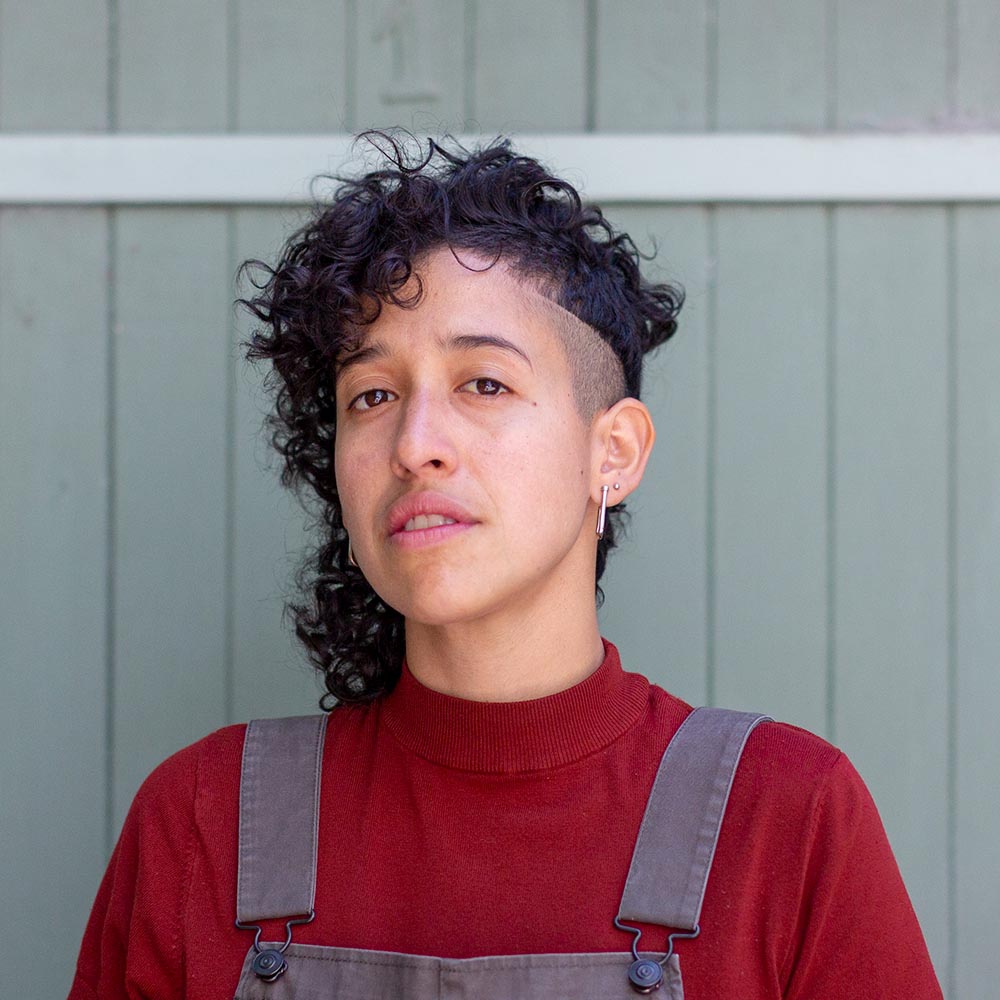
 Foto por Cristóbal Guerra Naranjo
Foto por Cristóbal Guerra Naranjo